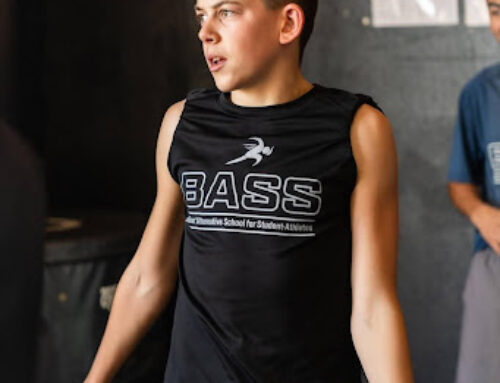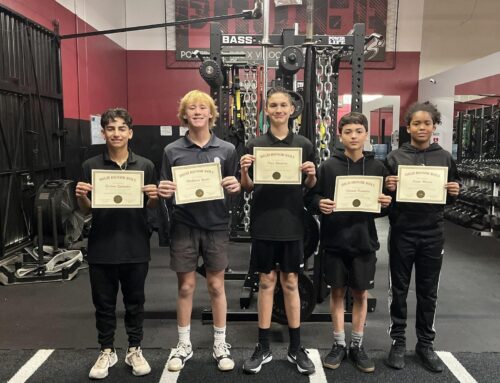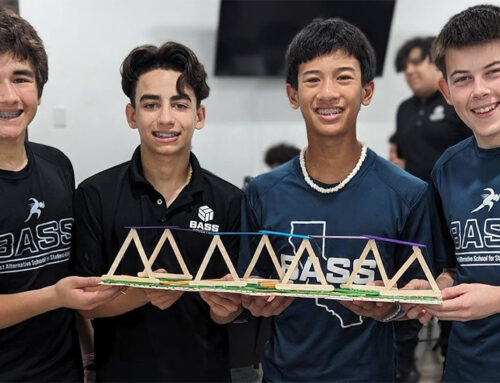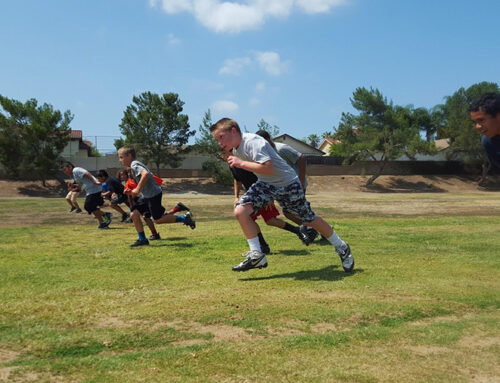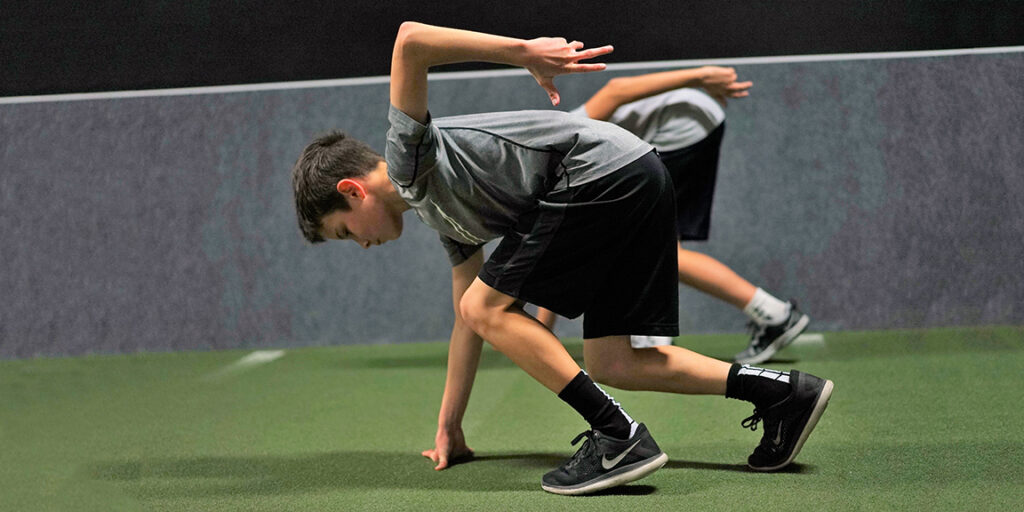
In this Part 2 feature on Gaining Speed I’ll be sharing more exercises for speed enthusiasts looking to get faster on the field, track, or court. Recapping our last article we know that anyone can get faster, but not everyone is Usain Bolt. The degree to which you develop speed is based on a few different factors with the most obvious being genetics. But at the end of the day, shaving off a tenth of a second and reaching your personal best is a big deal for every athlete. And if you’re motivated enough to stick around for part 2 of this article you’re more than likely well on your way. At our gym, the Boost Performance Center in Corona CA, we are here to help you reach your Speed Training goals.
In my last article I talked about how the intention of speed exercises is to improve efficiency while running, and that speed drills should help build these 3 qualities:
1. Achieve proper leg and arm action
2. Coordinate the movements of the legs & arms
3. Developing proper force production while running
I’m repeating this information because I think it’s really important that it sinks in. When athletes attempt to do drills that they don’t quite understand, and therefore the execution is poor, the intention of the exercise is gone. With no intention, there is no progress. Don’t be the hamster on a wheel working tirelessly, but going nowhere. Train with intention, and get the most out of your sessions.
As mentioned previously, I break my speed drills down into 2 types: Acceleration & max speed. In this article we’ll focus on max speed drills to help with the cyclical action our legs go through in this phase of running.
Max Speed Drills
Butt-kick Skip Individual (Basic)
This is a beginner drill that emphasizes the recovery phase our legs go through while reaching top (max) speed. Athletes will begin with a light bounce on the balls of both feet. Working one leg at a time, with each rep you’ll pull your heel directly underneath your butt and put it back down. You want to make sure you hit a couple bounces in between each rep as well. The butt kick executed here should result in the knees coming up, as compared to the classic butt kick exercise done in warmups where the knees are pointed down. When reaching max speed our legs exhibit a cyclical action like we’re pedaling on a bike. But this cycle needs to stay as tight to our body as possible which is why pulling the heel to the butt is the first step in a great recovery phase while sprinting.
Butt-kick Skip Continuous (Basic-Intermediate)
The technique for this drill is the same, athletes will start with a bounce on both feet, only now the reps will be done continuously with no bounces in between. The intention here remains the same, to pull the heal tight to the butt.
Max Speed A-skip Individual (Intermediate-Advanced)
This a-skip exercise builds off the butt-kick skip. Now that athletes have learned the recovery phase, which is pulling the heels to the butt, next comes the transition phase. Again athletes will start with a light bounce on the balls of both feet, and working one leg at a time you’ll pull your heel to your butt and step over and around the opposite knee. Again, athletes will bounce in between reps, making a small cyclical action as they bring the heel to their butt and drop the foot right around the knee. Key coaching point here is the transition of the knee coming up to putting the foot back down. This should be done forcefully, putting the foot down back underneath the hips.
Max Speed A-skip Continuous (Advanced)
Now athletes will work the A-skip with no bounces in between reps. While the drill will still begin with bouncing on the balls of both feet, athletes will continuously work the small cycles with every step. When one foot hits the ground the next foot begins its path towards the butt. As athletes become more efficient at this movement, pulling resistance can be added to force athletes to produce more force. This would be considered a very advanced technique.
A-Runs (Basic/Intermediate/Advanced)
This is one of my favorite drills to reinforce max speed running mechanics because it builds off the a-skip exercises, reinforcing an efficient cycle. Using a distance of at least 25 yards, athletes will jog 5 yards and a-run for 20 yards. With the a-run athletes will again pull the heels their butt, and step over and around the knees but this time while running forward. To start off and based on the level of the athletes, linear speed should be around 50% while limb speed should be 100%. This means athletes are trying to get as many cycles as they can in 25yds. As athletes become more proficient in the movement they can increase distance and/or increase linear speed.
As a performance coach I can always tell the athletes who are truly willing and dedicated to gaining speed. They are the athletes who pay attention to detail and try their best to do things exactly as I ask. I can almost assure 100% these athletes will improve over time because their level of commitment is half the battle in getting better. If you’ve continued to follow this series on speed you’re undoubtedly committed, and I believe with the correct coaching you’ll get the results you’re looking for. The question is now that you’ve got the right coaching, what are you going to do with it?

Level 1 & 2 Coach Bommarito Performance
CSCS / USAW

